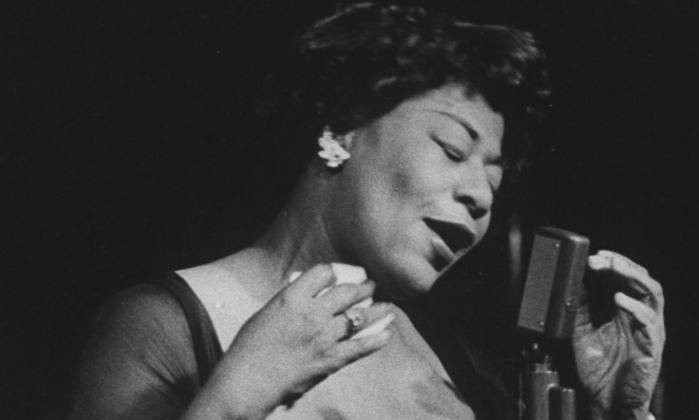Introduction to "It's Only a Paper Moon" by Ella Fitzgerald
Step back in time with "It's Only a Paper Moon", a quintessential 1940s song that's been etched into the annals of music history by none other than the First Lady of Song, Ella Fitzgerald. This track is not just a song but a timeless piece of art that continues to captivate audiences with its sublime melody and profound lyrics.
Cultural and Historical Context of the Song
First published in 1933, "It's Only a Paper Moon" reached new heights of popularity in the 1940s, becoming a staple in the Swing Era. Performed by Ella Fitzgerald, the song took on a life of its own, creating an enduring legacy that has spanned decades. Reflecting the cultural zeitgeist of the 40s, the song's lyrics capture the essence of an era marked by change and resilience.
An Interesting Fact about "It's Only a Paper Moon"
Interestingly, the title of this song was initially "If You Believed in Me," but it was later changed to "It's Only a Paper Moon" following its inclusion in the 1933 Broadway play, "The Great Magoo." The song's title and lyrics were inspired by a scene in the play where a character sells paper moons.
Cover Versions of the Track
Such is the enduring appeal of this piece that it has spawned countless cover versions over the years. Notable artists like Nat King Cole, Frank Sinatra, and James Taylor have all lent their unique interpretations to the song, each adding a new dimension to its rich tapestry of sound.
Why "It's Only a Paper Moon" is Still Relevant Today
The cultural impact of "It's Only a Paper Moon" can still be felt today, decades after it first enchanted audiences. The song's timeless message about love and belief continues to resonate, making it a beloved classic across generations. Ella Fitzgerald's version, in particular, remains an enduring testament to her unparalleled vocal prowess and emotive power.



Comments (0)